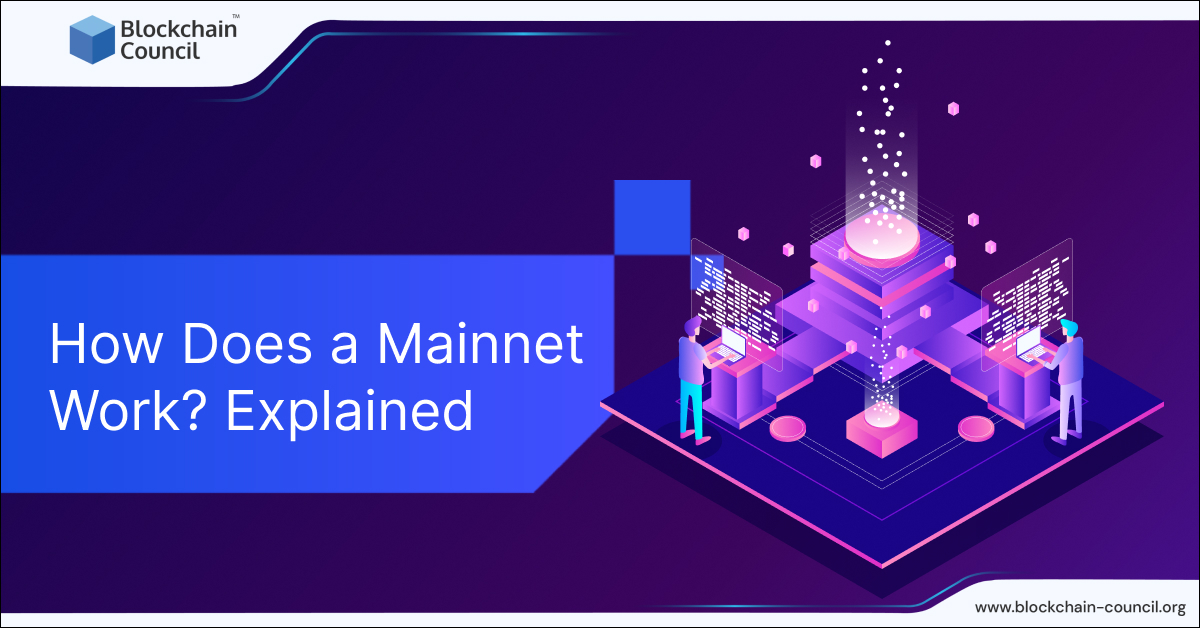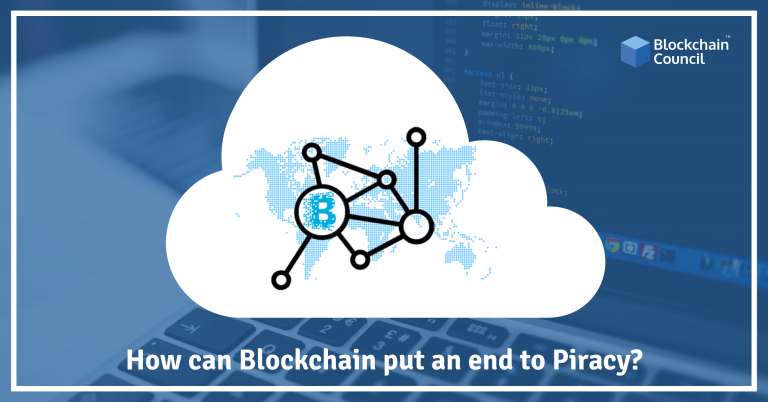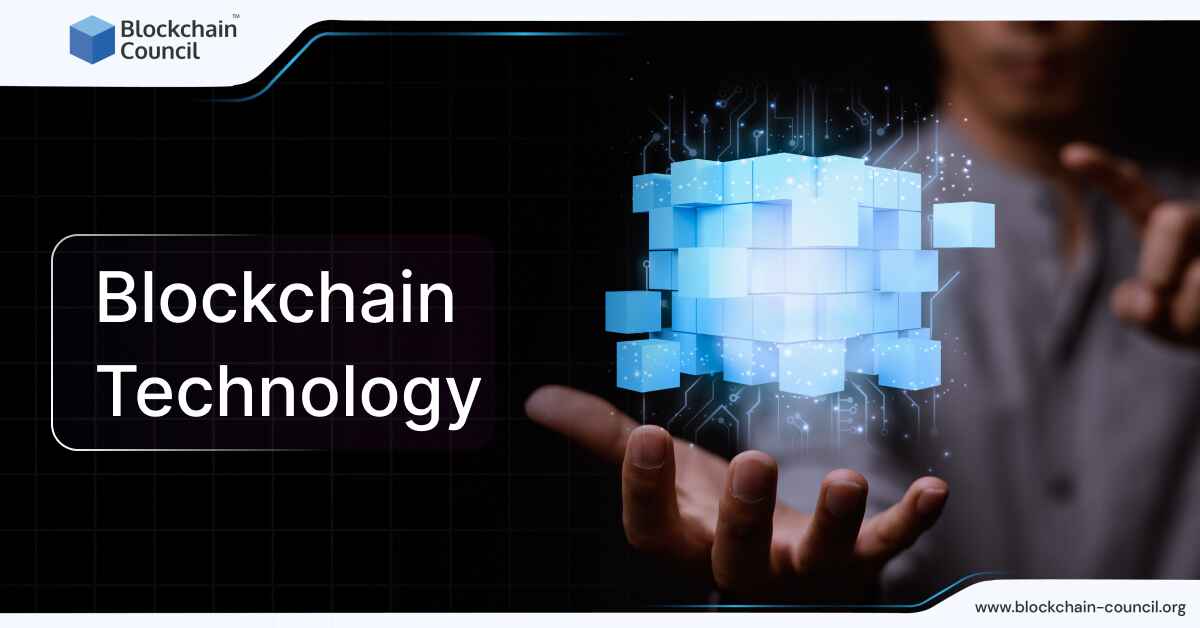
- Blockchain Council
- February 24, 2024
Summary
- Mainnets are the operational backbone of Blockchain networks, where cryptocurrency transactions are broadcasted, verified, and recorded.
- They indicate that the Blockchain is ready for public use, allowing users to send and receive cryptocurrency transactions.
- Mainnets consist of a distributed network of nodes, which are computers connected to the Blockchain network.
- Nodes validate transactions and maintain the Blockchain’s integrity.
- Mainnets use consensus algorithms like Proof of Work (PoW) and Proof of Stake (PoS) to ensure agreement among nodes regarding transaction validity.
- Smart contracts, written in code, enable decentralized applications (dApps) to run on the Blockchain without intermediaries.
- Users create transactions, sign them with private keys, and send them for validation by network nodes.
- Valid transactions are grouped into blocks, and new blocks are created based on the consensus mechanism.
- Mainnets are secure due to cryptography, decentralization, and consensus mechanisms, making data manipulation difficult..
- Mainnets are decentralized, transparent, and accessible to anyone, encouraging innovation and accessibility in the world of Blockchain technology.
Introduction
In the digital realm, Blockchain technology has revolutionized the way we transact, share data, and build applications. At the heart of this innovation lies the concept of Mainnets, which are the backbone of Blockchain networks. Understanding how a Mainnet works is essential in comprehending the core functionality of any Blockchain platform. In this article, we will delve into the intricate workings of a Mainnet, demystifying the technical jargon and breaking down complex concepts into simple terms. By the end of this read, you’ll have a clear understanding of the fundamental mechanisms that power Blockchain networks, making it easier to navigate the ever-expanding world of digital currencies and decentralized applications.
What is a Mainnet?
A Mainnet, in the context of Blockchain technology, is the fully developed and operational Blockchain network where cryptocurrency transactions are broadcasted, verified, and recorded on a distributed ledger. It’s the opposite of a testnet, and it signifies that the Blockchain is ready for public use, allowing users to send and receive cryptocurrency transactions.
The Mainnet is the backbone of the Blockchain network, responsible for validating, recording, and broadcasting cryptocurrency transactions. It signifies that the Blockchain has completed its developmental phase and is now open to the public. This stage is the antithesis of a testnet, which is employed by developers to troubleshoot and fine-tune the Blockchain’s functionality before it’s deemed secure and ready for the Mainnet launch.
Also Read- Mainnet Vs. Testnet – What Are The Differences?
How does a Mainnet Work?
Now that we know the answer to, “What is a Mainnet?” Let’s find the answer to: How does a Mainnet work?
Node Network:
- A Mainnet consists of a distributed network of nodes. Nodes are essentially computers connected to the Blockchain network.
- These nodes are responsible for various tasks, including validating transactions and maintaining the Blockchain’s integrity.
Consensus Algorithm:
- Mainnets use a consensus algorithm to ensure that all nodes agree on the validity of transactions and the order in which they are added to the Blockchain.
- Two common consensus algorithms are Proof of Work (PoW) and Proof of Stake (PoS). In PoW, miners compete to solve complex mathematical puzzles, while in PoS, validators are chosen based on the amount of cryptocurrency they hold.
Smart Contracts:
- Mainnets allow developers to deploy smart contracts. Smart contracts are self-executing agreements with terms written directly in code.
- These contracts enable decentralized applications (dApps) to run on the Blockchain. They can automate various processes without the need for intermediaries.
Transactions:
- Users initiate transactions by creating them and signing them with their private keys. These transactions contain information such as the sender, recipient, and the amount being transferred.
Validation:
- Transactions are broadcast to the network for validation. Nodes on the network check these transactions to ensure they follow the rules of the Blockchain.
- This includes verifying digital signatures and confirming that the sender has sufficient funds to complete the transaction.
Block Creation:
- Valid transactions are grouped together into blocks. In PoW systems, miners compete to solve a cryptographic puzzle.
- The first one to solve the puzzle gets the right to create a new block. In PoS, validators take turns adding blocks based on their stake in the network.
Security:
- Mainnets are secure due to cryptography, decentralization, and the consensus mechanism. This makes it extremely difficult for anyone to manipulate the data or transactions on the Blockchain.
- Transactions are cryptographically secured, and any attempt to tamper with previous blocks would require the consensus of the majority of nodes, making it highly secure.
Decentralization:
- Decentralization is a key feature of Mainnets. They operate on a distributed network of nodes, meaning no single entity controls the entire network.
- This decentralization makes the Mainnet resistant to censorship and reduces the risk of a single point of failure.
Data Storage:
- All transactions and data on the Mainnet are stored in a distributed ledger. This ledger is a chronological record of all transactions on the Blockchain.
- The distributed nature of this ledger makes it immutable and transparent, as data cannot be easily altered or deleted.
Public Access:
- Mainnets are generally public networks, meaning anyone can access and interact with them. Users can create wallets, send and receive cryptocurrency, and interact with dApps.
- Developers can build applications on top of the Mainnet, and this openness encourages innovation and accessibility.
Here’s a simplified example of creating and validating transactions using Python:
# Import necessary libraries
import hashlib
import json
from time import time
# Create a basic Block class
class Block:
# Constructor
def __init__(self, index, previous_hash, transactions, timestamp):
# Initialize block attributes
self.index = index
self.previous_hash = previous_hash
self.transactions = transactions
self.timestamp = timestamp
self.nonce = 0
# Calculate block hash
def calculate_hash(self):
data = json.dumps(self.__dict__, sort_keys=True)
return hashlib.sha256(data.encode()).hexdigest()
# Create a simple Blockchain class
class Blockchain:
# Constructor
def __init__(self):
# Initialize chain and transactions
self.chain = []
self.current_transactions = []
# Create the genesis block
self.new_block(previous_hash=”1″, proof=100)
# Create a new block
def new_block(self, previous_hash, proof):
block = Block(
index=len(self.chain) + 1,
previous_hash=previous_hash,
transactions=self.current_transactions,
timestamp=time()
)
# Reset the list of transactions
self.current_transactions = []
self.chain.append(block)
return block
# Create a new transaction
def new_transaction(self, sender, recipient, amount):
self.current_transactions.append({
‘sender’: sender,
‘recipient’: recipient,
‘amount’: amount,
})
return self.last_block.index + 1
# Instantiate the Blockchain
Blockchain = Blockchain()
# Create a transaction
sender = “Alice”
recipient = “Bob”
amount = 10
Blockchain.new_transaction(sender, recipient, amount)
# Mine a new block (in a real system, miners would perform this task)
last_block = Blockchain.last_block
previous_hash = last_block.calculate_hash()
proof = 100 # In a Proof of Work system, miners would find a valid proof
Blockchain.new_block(previous_hash, proof)
Let’s take another simple example of a smart contract that allows users to transfer tokens to each other:
class Token:
def __init__(self, name, symbol, supply):
self.name = name
self.symbol = symbol
self.supply = supply
self.balances = {}
def transfer(self, sender, recipient, amount):
if self.balances[sender] < amount:
raise ValueError(“Insufficient balance”)
self.balances[sender] -= amount
self.balances[recipient] += amount
This smart contract can be deployed to a Mainnet using a variety of tools and frameworks, such as Solidity and Truffle. Once the smart contract is deployed, it can be used by users to transfer tokens to each other.
To transfer tokens using the smart contract, a user would send a transaction to the smart contract with the following parameters:
{
“from”: senderAddress,
“to”: recipientAddress,
“value”: amount,
“gas”: gasLimit
}
The from and to parameters specify the addresses of the sender and recipient of the tokens. The value parameter specifies the amount of tokens to transfer. The gas parameter specifies the maximum amount of gas that the user is willing to pay to have the transaction processed.
The transaction will then be processed by the network nodes. If the transaction is valid and the sender has enough tokens, the smart contract state will be updated and the tokens will be transferred to the recipient.
Here is an example of a transaction that could be used to transfer 100 tokens from one address to another:
{
“from”: “0x1234567890abcdef1234567890abcdef12345678”,
“to”: “0x9876543210abcdef9876543210abcdef98765432”,
“value”: 100,
“gas”: 21000
}
Once the transaction is processed and the smart contract state is updated, the recipient will be able to see the tokens in their wallet.
Mainnets work by using a consensus mechanism to ensure that all nodes in the network agree on the state of the Blockchain. The most common consensus mechanism is Proof of Work (PoW), which requires miners to solve complex mathematical problems in order to validate transactions and add them to the Blockchain.
Other consensus mechanisms, such as Proof of Stake (PoS), are also becoming increasingly popular. PoS does not require miners to solve complex mathematical problems, instead it selects validators based on the amount of stake they have in the network.
Once a transaction has been added to the Blockchain, it cannot be modified or reversed. This makes Mainnets very secure and tamper-proof.
Mainnets are also very decentralized, meaning that they are not controlled by any single entity. This makes Mainnets ideal for running decentralized applications (DApps), which are applications that are not controlled by any single entity.
Also Read- What Are the Different Types of zkEVMs?
How Can a Developer Use Mainnets?
From a developer’s perspective, a Mainnet is a Blockchain network that is used to deploy and run decentralized applications (DApps) in production. It is a live network that is used by real users and real money is at stake.
Here is a simplified overview of how a Mainnet works for a DApp developer:
- A developer deploys their DApp to the Mainnet. This involves uploading the smart contract code to the network and paying a deployment fee.
- Users interact with the DApp. This involves sending transactions to the smart contract to invoke its functions.
- The transactions are processed by the network nodes. The nodes validate the transactions and add them to the Blockchain ledger.
- The smart contract state is updated. The smart contract’s functions execute and the state of the contract is updated accordingly.
- The changes to the smart contract state are reflected in the DApp. Users can see the changes to the smart contract state in the DApp’s user interface.
Here is a simple example of a smart contract function that a developer might deploy to a Mainnet:
def transfer(self, recipient, amount):
“””Transfer `amount` tokens from the sender to the recipient.”””
if self.balanceOf[self.msg.sender] < amount:
raise ValueError(“Insufficient balance”)
self.balanceOf[self.msg.sender] -= amount
self.balanceOf[recipient] += amount
This function allows users to transfer tokens to each other. To use the function, a user would send a transaction to the smart contract with the recipient’s address and the amount of tokens to transfer. The transaction would then be processed by the network nodes and the smart contract state would be updated accordingly.
Once a smart contract is deployed to a Mainnet, it cannot be modified. This is to ensure that the contract is immutable and that users can trust that the contract will always behave as expected.
Here are some of the challenges that developers face when developing for Mainnets:
- Security: Smart contracts must be very carefully audited and tested before they are deployed to a Mainnet. Any security vulnerabilities in a smart contract could be exploited by attackers to steal funds or otherwise disrupt the operation of the DApp.
- Performance: Smart contracts must be efficient and scalable in order to handle a large number of transactions. Otherwise, the DApp may become slow or unresponsive.
- Cost: Deploying and running smart contracts on a Mainnet can be expensive. This is because the network nodes charge fees for processing transactions and storing data on the Blockchain.
Despite these challenges, developing for Mainnets is essential for building DApps that can be used by real users in the real world. By following best practices and carefully considering the challenges involved, developers can create secure, performant, and cost-effective DApps that run on Mainnets.
Also Read- How Does zkEVM Work?
Conclusion
In conclusion, grasping the inner workings of a Mainnet is akin to understanding the foundation of a digital revolution. As we move forward in the age of Blockchain technology, the significance of Mainnets cannot be overstated. They serve as the robust infrastructure upon which decentralized applications, smart contracts, and digital transactions thrive. This knowledge empowers individuals and businesses alike to make informed decisions, navigate the evolving landscape of cryptocurrencies, and harness the potential of Blockchain technology. Armed with the understanding of how a Mainnet works, you are well-equipped to explore the limitless possibilities that the world of Blockchain has to offer.
FAQs
How does a Mainnet work?
- A Mainnet is the operational backbone of a Blockchain network.
- It facilitates cryptocurrency transactions by broadcasting, verifying, and recording them on a distributed ledger.
- Mainnets use a consensus mechanism to ensure agreement among network nodes on the validity of transactions.
- They enable the deployment of smart contracts for decentralized applications (dApps).
- Transactions are created, signed, and sent for validation by network nodes.
- Valid transactions are grouped into blocks, and new blocks are created based on the consensus mechanism.
- Mainnets are secure, decentralized, and transparent, making them resistant to tampering.
What is a Mainnet?
- In the context of Blockchain technology, a Mainnet is a fully developed and operational Blockchain network.
- It signifies that the Blockchain is ready for public use, allowing users to send and receive cryptocurrency transactions.
- Mainnets are the opposite of testnets, which are used for development and testing purposes.
- They are responsible for validating, recording, and broadcasting cryptocurrency transactions, serving as the core infrastructure of a Blockchain.
What is an example of a Mainnet?
- Ethereum is an example of a well-known Mainnet in the Blockchain space.
- It allows users to send and receive Ether (ETH) and deploy smart contracts for various applications.
- Ethereum’s Mainnet operates with a Proof of Work (PoW) consensus mechanism, and it has a vibrant ecosystem of dApps and tokens.
- Other examples of Mainnets include Bitcoin, Binance Smart Chain, and Solana, each with its unique features and use cases in the world of cryptocurrencies and decentralized applications.





































































 Guides
Guides News
News Blockchain
Blockchain Cryptocurrency
& Digital Assets
Cryptocurrency
& Digital Assets Web3
Web3 Metaverse & NFTs
Metaverse & NFTs
